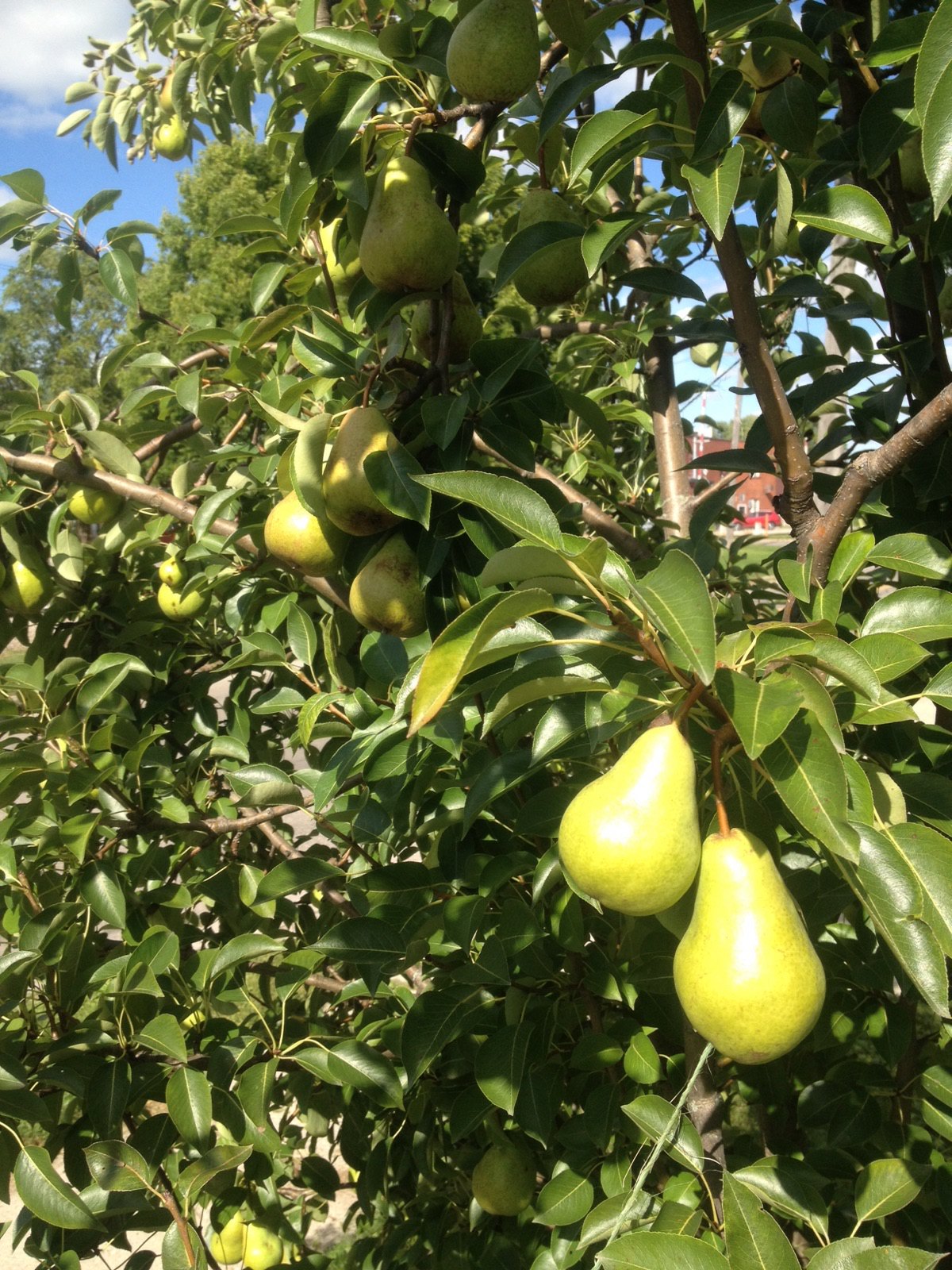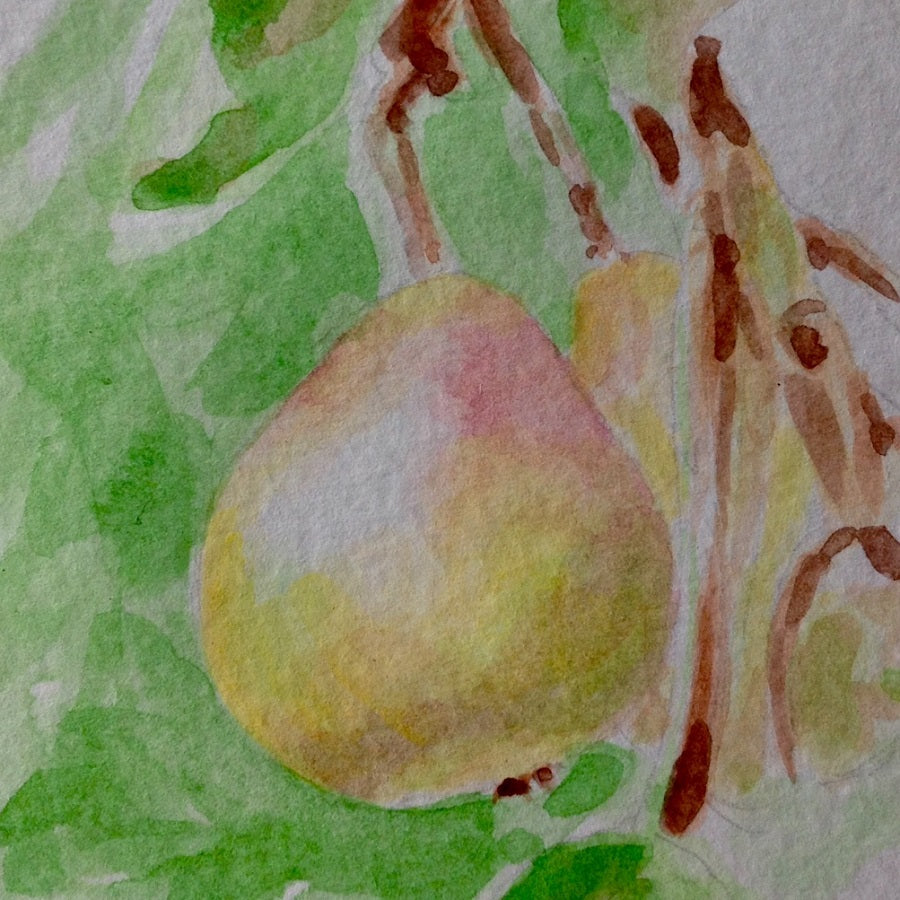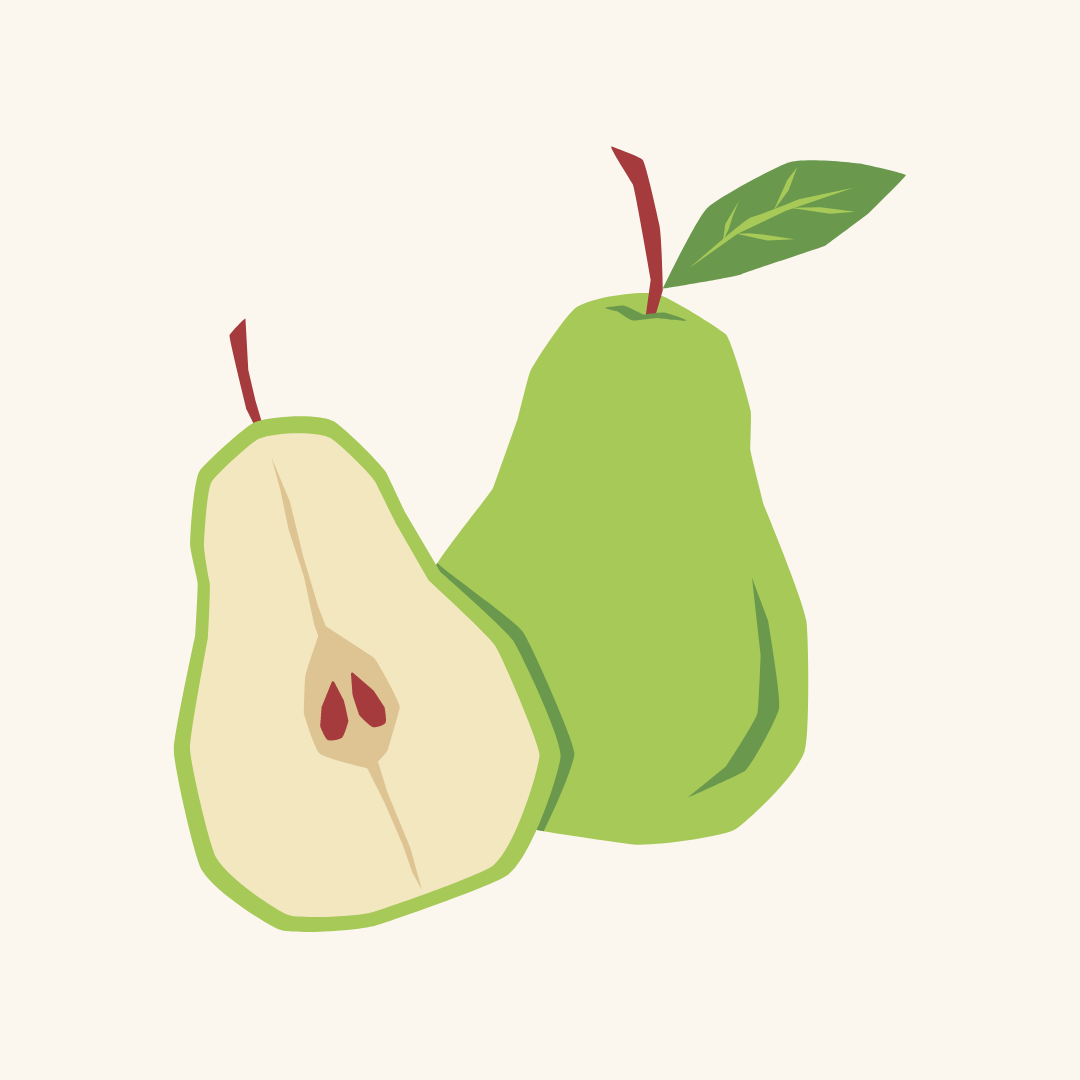European Pear Trees
Pyrus communis
A pear tree is an excellent addition to the backyard or orchard. Although slow to start bearing, pears are hardy and reliable producers requiring less attention than most other types of fruit trees. While some pears are partially self fertile, we recommend planting at least two different cultivars for reliable pollination; European and Asian pears do cross pollinate. Pears ripen from the inside out, and therefore typically should be picked when the fruit is still a bit hard. They then can fully ripen off the tree - especially important if it is a winter pear. A slight softening at the stem end will indicate the fruit ripe.
Sort by:
14 of 38 products
14 of 38 products
History: Winnal's Longdon was raised by a Mr. Winnall in the parish of Weston-under-Penyard, a village in England, around 1790. Despite being named after Winnall, Winnal's Longdon is now commonly spelled with only one 'L' after it was recorded incorrectly in the 1920s. This pear is still grown in small quantities in England.
Why We Grow It: This old English variety is a high quality perry pear. It was blended with Hendre Huffcap to form a perry which won the Long Ashton Perry competition many years in a row. The tree is known for its vigorous growth, heavy crops, and high resistance to scab which make it quite suitable for organic production.
Available only for pick-up at nursery.
History: Anjou is an older variety of pear that likely originated in France or Belgium in the mid-1800s. They were originally called 'Nec Plus Meuris' but at some point adopted the name Anjou (or d'Anjou or Beurre d'Anjou) after the French region when introduced to England or the US. Anjou pears are still quite popular and are one of the most commonly grown pears in the United States.
Why We Grow It: Anjou is a popular pear due to its good eating quality and flavour. The skin is greenish yellow, and the flesh is firm and sports a hint of yellow. The fruit keeps well and the tree is vigorous and hardy.
Available only for pick-up at nursery.
History: Flemish Beauty originated in Belgium in the early 1800s. At one point Flemish Beauty was one of the most common commercial varieties in the US.
Why We Grow It: Flemish Beauty's cold hardiness and good flavour makes this a popular variety. The fruit is large and greenish-yellow without much neck. It is known for being sweet and very juicy, great for fresh eating.
Available only for pick-up at nursery.
History: Vicar of Winkfield was discovered growing as a wild seedling in the woods near Villiers-en-Brenne in France around 1760. It was originally named Curé (translated from French as 'priest') among other names but became known as Vicar of Winkfield when a vicar of the English village Winkfield named Rev. W.L. Rahm introduced the variety to England. It is a heritage cooking pear and can still be found in old French orchards today.
Why We Grow It: This long, yellowish-green pear is best known for its use in cooking and baking due to its uniquely dry flesh and more tart flavour. Vicar of Winkfield can be stored for several months and will develop a sweeter flavour over time. It is generally recommended to store the pear until after Christmas for fresh eating! The tree is vigorous and produces abundant crops.
Showing 14/14





